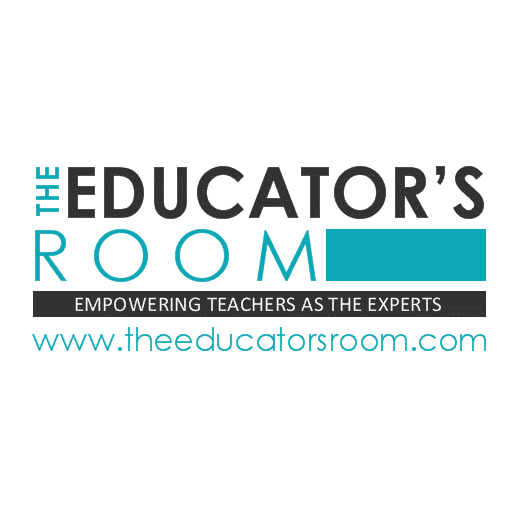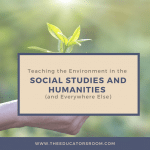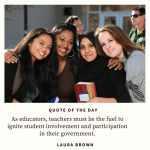Normally March 2nd would pass without notice but this year I am embracing the 109th birthday celebration of Dr. Seuss in my high school classroom. Seuss is ageless and timeless. Many elementary school teachers and children’s librarians have embraced Read Across America’s promotion of “grab your hat and read with the cat” but high schools tend to lose the connections to childhood things as we focus intently on preparing students for impending adulthood, college or career applications and many meaningful assessments. In our busy efforts to implement more literacy in 6 or 8 course specific areas of content each day teachers hope students will learn more. In the words of Seuss we are thinking “Oh the places they will go” instead of acknowledging how far they have come. High school students need more contact with childhood literacy.
In reading Children’s Literature Briefly, (Tunnell & Jacobs) I was exposed to the purposeful nature of children’s stories. Previously unknown to me were the structures of writing and illustration that are meant to engage the child in interactions, critical thinking and page turning. I often return to my favorite stories of my childhood because I love a good story. Now I return to this authors and illustrators in search of those political messages and moral dilemmas I missed before. I began wondering what high school students would say or think if they had a similar opportunity to study literature of their childhood. I wondered what great stories students shared in common.
Once a year I spend a period of class time reading aloud, the opening lines of children’s classic literature. So often I find that a chorus of excited voices will finish that opening line for me. “This is George, he lived in….” or ” In the great green room there was a telephone and a….” and “I do not like green ….”. Someone always shouts out the titles of Curious George, Goodnight Moon and Green Eggs and Ham. Hands shoot up giving me indications as to a story’s popularity. What shocks me is to encounter whole classes where this literature is unfamiliar. When asked what stories they do recall the tendency is to name television shows or movies. A good story should be appreciated in many forms but I believe there is a parallel to the high numbers of struggling readers and the lost connection to a good book.
This year, as Vermonters return from winter vacations during the first school week in March, my high school social studies classroom will embrace Seuss. We join Read Across America beginning with exploratory readings. Students can skim and review piles of children’s books supplied by our high school library and my home collection. Once again I will have students check off familiar titles, favorites and new discoveries. Some of the students are reading mentors who have signed up for a Skype session for reading aloud to a children’s literacy program 2,000 miles away in New Mexico. All students will receive homework credit for signing out a library book to read aloud with a peer, a child, a family member or friend. Our current classroom studies of World War II will fit in with an analysis of Dr. Seuss’ political career and his stance on fascism, communism, and persecution as we read and reread “The Butter Battle Book” and “Horton Hears a Who”. Teenagers are naturally critical of everything so I am interested in moving class discussions from identifying story lines to analyzing themes and values. What will my teens conclude when they connect the purpose of Theodor Geisel’s work to outcomes World War II era? Should author’s be activists? What is an idea worth fighting for?
Whether students read a story for the first time or revisit their favorites they are making gains in self esteem. To connect with peers over a simple story allows them to wear the hat of confidence. Hopefully that hat will stay on their heads all day as they confront daily challenges of all “the thinks you can think” (lyrics from Seussical).
link to literacy pages from researchers at Rutgers and Cornell, A Sort of Children’s Literature Literacy Test, First Lines
Jacobs, J. S., & Tunnell, M. O. (1996).Children’s literature, briefly. Englewood Cliffs, N.J.: Merrill.




